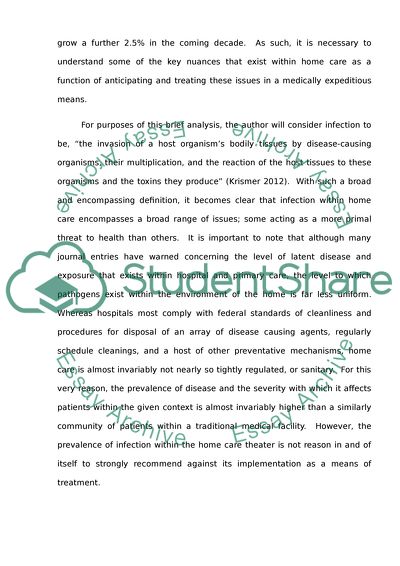Cite this document
(“Prevention of Infection in Home Health Care Essay”, n.d.)
Retrieved from https://studentshare.org/nursing/1466849-prevention-of-infection-in-home-health-care
Retrieved from https://studentshare.org/nursing/1466849-prevention-of-infection-in-home-health-care
(Prevention of Infection in Home Health Care Essay)
https://studentshare.org/nursing/1466849-prevention-of-infection-in-home-health-care.
https://studentshare.org/nursing/1466849-prevention-of-infection-in-home-health-care.
“Prevention of Infection in Home Health Care Essay”, n.d. https://studentshare.org/nursing/1466849-prevention-of-infection-in-home-health-care.


